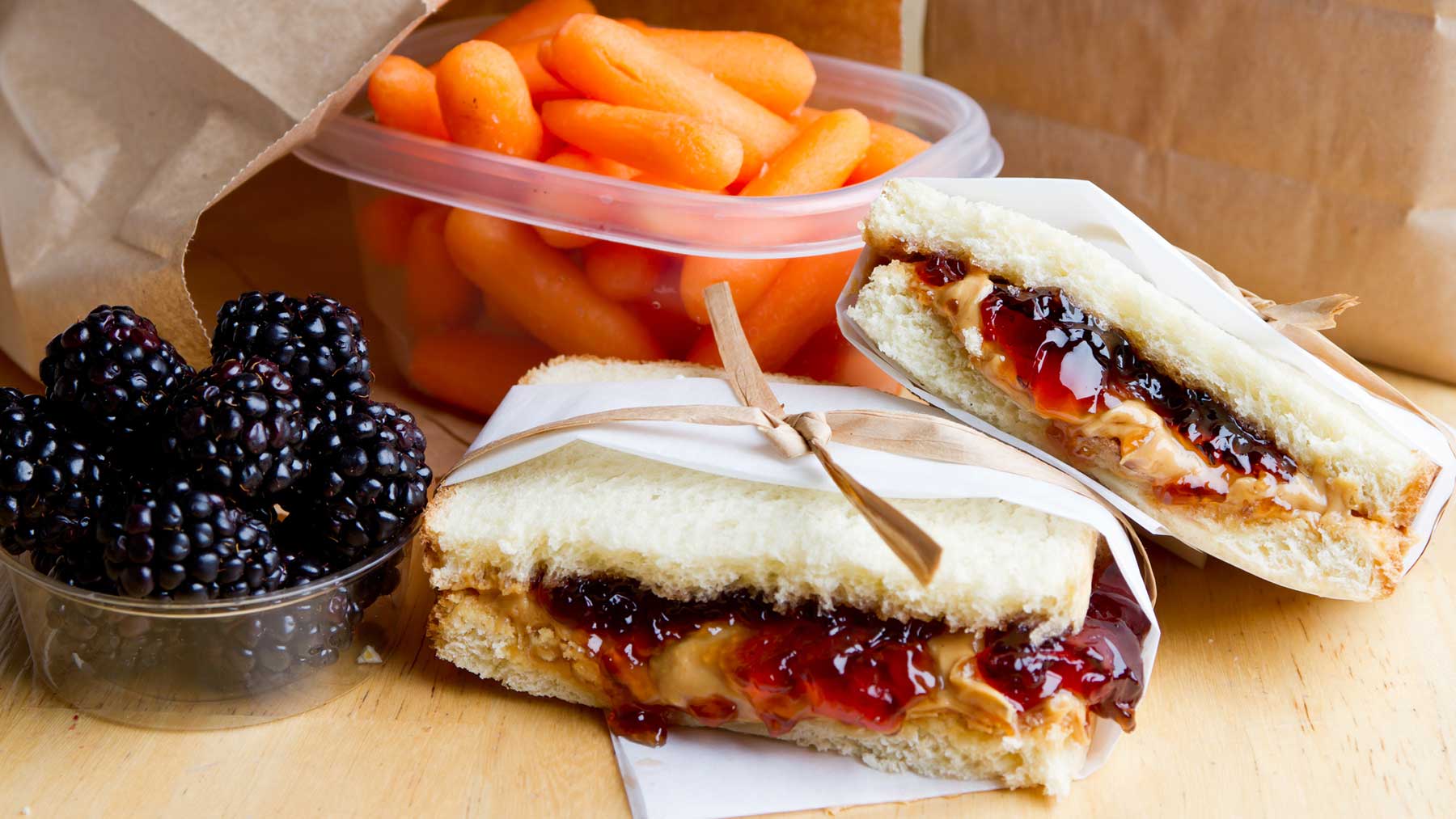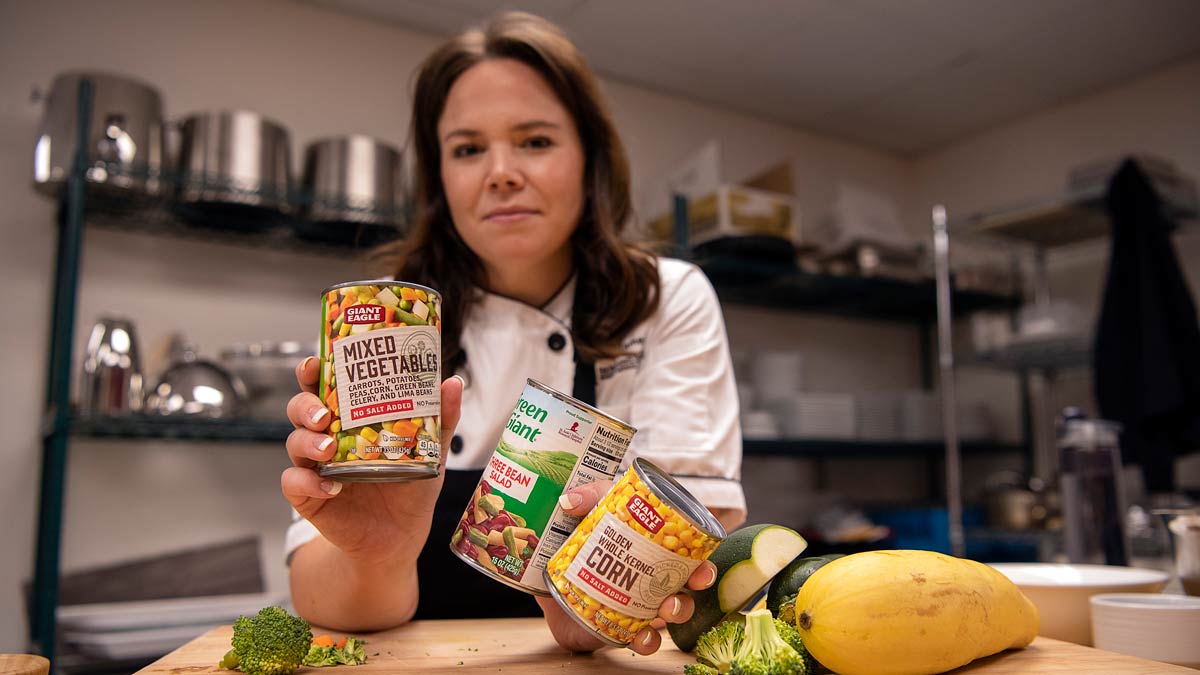How to pack a healthy lunch for kids

The new school year offers a great chance for everyone to have a fresh start! Students can focus on studying hard and passing tests, and you can focus on packing healthy lunches to fuel those learning minds.
Let’s be honest, though: The hassles of life often leave a nutritious brown bag lunch low on the list of priorities. But it doesn’t have to.
That’s why Liz Weinandy, RD, MPH, LD, a registered dietitian at the Ohio State Wexner Medical Center, has some tips to accommodate both your busy schedule and the nutritional needs of young students.
Try to get every food group in a healthy packed lunch
The key to a healthy packed lunch is to include healthy foods from all food groups, explains Weinandy: vegetables, fruit, grains, meat and poultry, and dairy.
For example, opt for a healthy, lean protein like fish or lean cuts of poultry, pork or beef. Another option is a soy product like tofu or beans.
Include a complex carbohydrate like whole grains or beans. Add to this a vegetable and fruit for added vitamins. Finally, round it out by packing milk or yogurt to get the all-important calcium needed for growing bones.
Avoid pre-packaged lunches
Weinandy suggests avoiding pre-packaged lunches, which contain highly processed foods like lunch meat, refined crackers and cookies.
Lunch meat, Hot Pockets and similar convenience items, chips, cookies and sugary beverages including sports drinks like Gatorade are all handy, but lack nutrition. These foods can be included occasionally, but should not be the norm.
“None of these foods is recommended for a healthy diet and – although they're convenient – they not only lack in many nutrients, but they're high in sodium and preservatives,” she explains.
Taking five extra minutes to make a sandwich on whole grain bread with natural meat (not processed) and adding some carrots and an apple to a lunch is much better for kids.
Don’t focus on calories for healthy lunches
It's much healthier and wiser to focus on getting in a variety of healthy foods than on trying to achieve a limited number of calories, according to Weinandy.
“Offer the healthy foods and let your child decide how much and what to eat,” she says.
If kids are used to eating highly processed foods, it will definitely take some time to adjust to healthier eating. Expect some push back at first, but reinforce with your child why you're making the change and how important it is for the whole body to work better – from muscles to bones to brain.
Maybe this year is even the opportunity to enable your kids to take more ownership in their health.
“If kids are old enough, they should try to pack their own healthy lunch. They’ll enjoy it more and it will teach them lessons that will last a lifetime,” says Weinandy.
Healthy lunch tips:
- Leftover baked chicken, thinly sliced, on whole grain bread, with a slice of cheese and some light mayo or mashed avocado (protein, complex carbohydrate/starch and dairy).
- Baby carrots, pepper slices, with light ranch dressing. Add higher fat items for athletes who need the calories (vegetables, healthy fat).
- Piece of fruit like mandarin oranges, apples or cut up fruit. Kids are more likely to eat any fruit that is cut into bite-sized pieces. If the fruit comes back uneaten in whole form, cut it up and put it in a container.
- Milk or water for beverage. If your child doesn't tolerate milk well, try a plant-based milk substitute like almond or cashew milk fortified with calcium.
This works for adult lunches, too!
Even though we're grown and don't need as many nutrients, we do need the same ones as our kids for overall health and functioning.
“Take note of how you feel after eating an unhealthy meal, like a burger and fries with a soda, compared to a sandwich or wrap on whole grains with lean protein and added vegetables and some fruit on the side. There will be a definite difference, and most people will prefer energy and the overall feeling from eating real, healthy foods,” Weinandy explains.
It takes a little extra time to pack healthy lunches, but less than an hour a week to prep a lot of these foods can make it easier. Taking the extra time on the weekend will make packing lunches each morning go smoothly – and well worth it.




